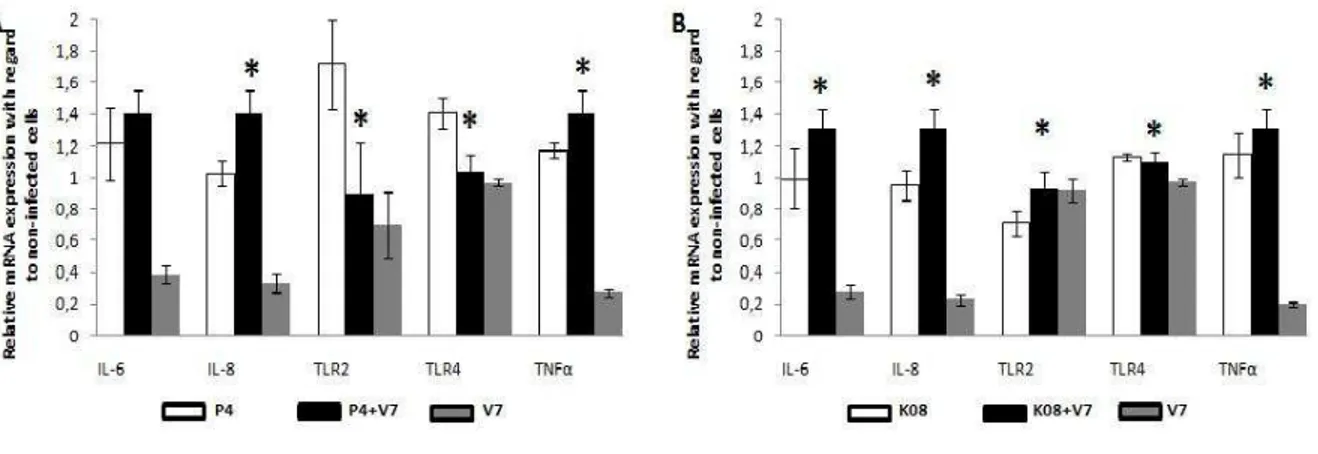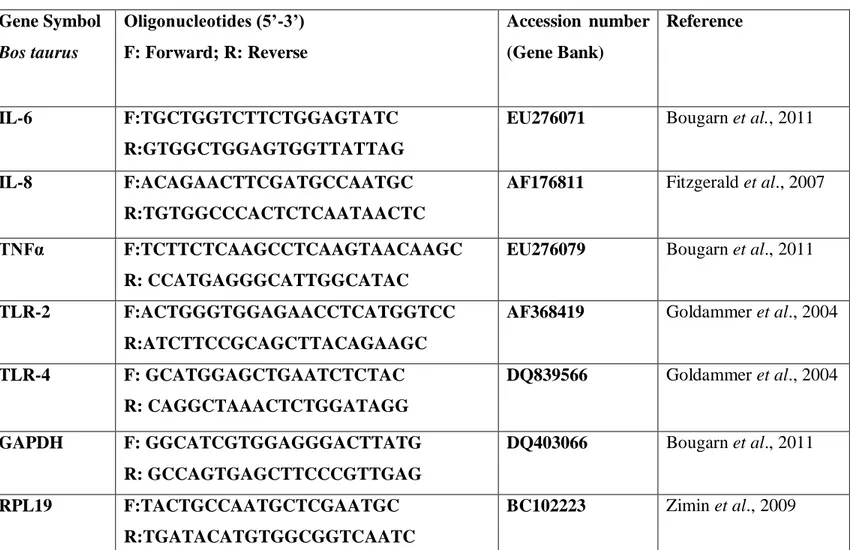Identificação de bactérias láticas isoladas do ecossistema mamário bovino e caracterização de seu potencial inibidor contra patógenos associados à mastite
Texto
Imagem
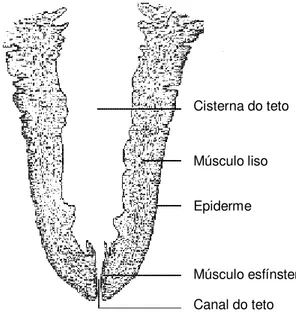
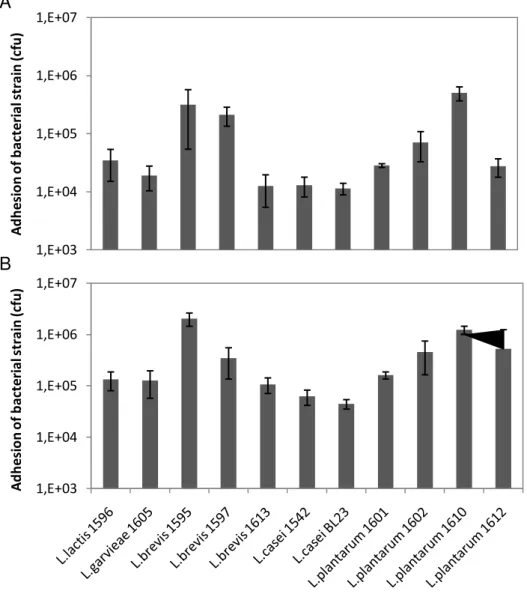
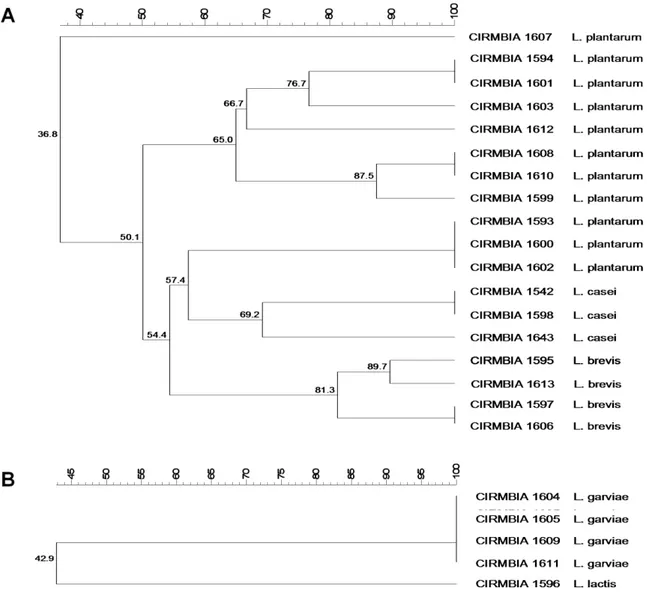
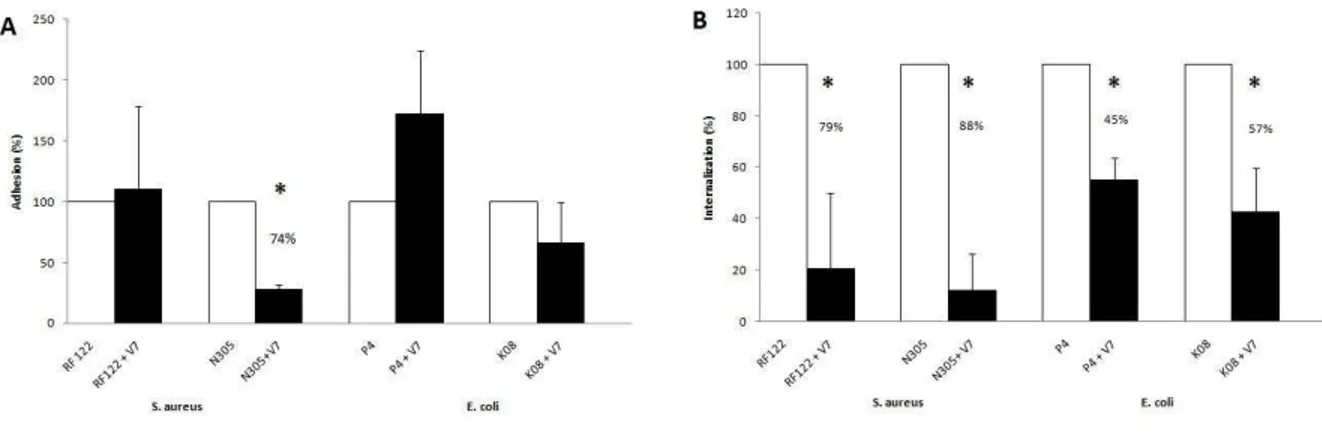
Outline
Documentos relacionados
Tal pesquisa tem por objetivo geral implementar a Agenda 21 na escola do campo EMEIC Francisco José Mattedi, pertencente ao município de São Gabriel da Palha, região
Os objetivos principais deste estudo foram identificar as principais afecções faciais e corporais em mulheres grávidas, bem como analisar a satisfação do
Este relatório relata as vivências experimentadas durante o estágio curricular, realizado na Farmácia S.Miguel, bem como todas as atividades/formações realizadas
The FMP45 gene, which is involved in sensitivity to toxic ergosterol analogs and is induced during mating, was downregulated during evolution of the hypermistranslat- ing T1 strain
Phosphatidylserine (PS) exposure occurs during the cell death program and fluorescein-labeled lactadherin permits the detection of PS exposure earlier than annexin V in suspended
É fato que a Prefeitura tem mostrado interesse em fazer cumprir as normas do Código de Posturas como se pode perceber com a Operação Veja Juiz de Fora, que, inspirada pela
the different PS application rates had no impacts because a part of the nutrients applied by the PS was absorbed by the crop and the other part was lost during the events of
This study aimed to evaluate the effect of different managements with pig slurry (PS) and cattle slurry (CS) on wheat dry matter and grain yields, and the potential to estimate this
